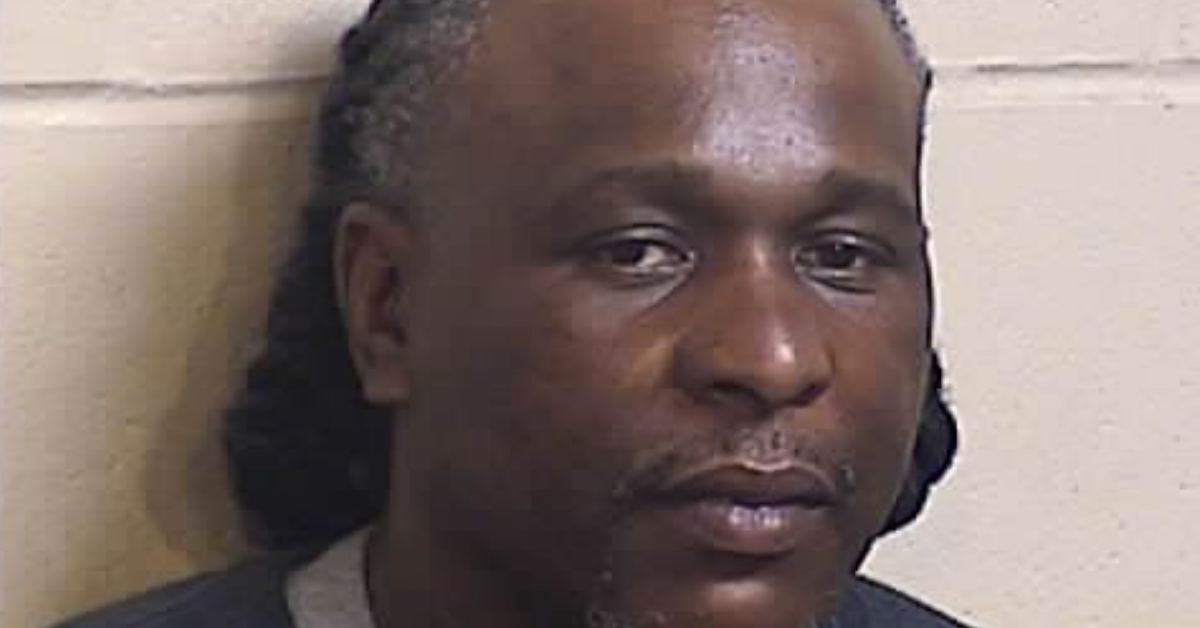The folks at Van Ness and McKinley have joined the folks at Cedar and Shaw when it comes FAX equality.
Fresno City College students, faculty and staff can now ride the city’s bus system – Fresno Area Express – for free. The City Council approved the deal on Aug. 3.
The council at the same time approved a similar deal with Fresno State. The four-year-school in Northwest Fresno has had such a “ride for free” program for about two years. For City College, located north of the Tower District, this is a first.
Top City College and City Hall officials gathered Tuesday morning near the Rams gym to celebrate this new era in public transportation.
FCC President Dr. Carole Goldsmith said the deal will give another transportation option to 30,000 students.
“We are very appreciative,” Goldsmith said. “This is just the beginning of many partnerships between Fresno City College, State Center Community College District and the great City of Fresno.”
Mayor Lee Brand noted that he graduated from FCC 45 years ago.
“And 45 years ago there was a parking problem, at Fresno City College,” Brand said. “And 45 years ago, public transit was not that good.”
But, Brand added, the city’s public transportation system is much improved and destined to only get better. The pending Bus Rapid Transit project, which runs along Blackstone Avenue on FCC’s east side, is a prime example of the brighter future.
“I’m here today to congratulate our partners at Fresno City College and our FAX Division,” Brand said.
District 1 Council Member Esmeralda Soria, who represents the City College area, said the deal is another step in addressing the sometimes strained relationship between FCC students and neighborhood residents. (My wife and I lived from 1983 to 1994 on the 1500 block of Poplar Avenue, just south of FCC. Students loved to park in front of our house. “No loud music” and “no litter” were our only requests.)
“We will continue to work together – the city and the college – to address this issue of parking,” Soria said.
It was FCC Student Body President Brandon McLaughlin who best explained both the genesis of the deal and its likely impact.
McLaughlin said transportation was a big issue during his recent presidential campaign.
“Students were saying, ‘I don’t have a ride, I can’t afford a car, I can’t pay for gasoline. But I also can’t pay for those passes for the buses. And because of that, I can’t get to school. I have to rely on my friends, who may not always help me out,’” McLaughlin said. “When we were working on getting this pass, that’s what I was telling students: ‘We’re getting these bus passes worked out for you, we’re trying to help you out and we don’t’ want to incur more fees to you.’
“They were so grateful: ‘I can finally go to class and get my education. I don’t have to be worried about traveling to school and getting my education.’ I’m so proud that this is being done on this campus. Students just have to get a bus pass and they will be able to go all over the city. They can go not just to their classrooms, they can also go to their job with this. This benefits them more than just with their classroom, it benefits them in their lives as well, with their jobs, with their social lives. This is a great help to them. I’m super excited to see this implemented.”
The FCC program is simple. Students (plus faculty and staff) in good standing scan their ID cards when boarding the bus. Computers keep track of ridership totals. FCC at the end of each month pays $1.10 per ride. (The Fresno State program also has a reimbursement rate of $1.10 per trip.)
The Fresno State program started in November 2014. There were 111,310 rides in the last eight months of FY 2015 (according to city data); 222,586 rides in FY 2016; and 213,455 rides in FY 2017.
Now, 213,455 rides are about 2% of the 10.6 million trips provided by FAX last year. Of course, some of those customers would have taken the bus even if it required paying the standard fare out of their own pockets. But, I think it’s safe to assume that Fresno State program has delivered a decent boost to FAX’s ridership numbers.
I’ll go out on a limb and predict that the FCC program will have a similar impact.
Strengthening the FAX system is one of the unsung benefits of the Fresno State and FCC programs (I wish they had easy-to-use brand names).
I spoke with interim Transportation Director Bruce Rudd about this on Wednesday. Rudd said it’s his hope that the two programs help build a degree of confidence in FAX. In other words, riders will continue to use FAX (and BRT) after they leave school because they know from experience that the system is an effective part of their daily lives.
This, in turn, will help FAX’s overall ridership numbers.
Those numbers need help, Rudd said.
I took Bus 26 to the Rudd interview: friendly driver, air-conditioned interior, a dozen fellow riders all minding their own business.
“Thank you,” I said as I got off.
“You’re welcome,” the driver said.
What’s not to like?












Clint Olivier seemingly complained about this agreement the other day on Twitter. He insisted that there was no “free” ride and taxpayer funds were being used. The FCC president replied the Education Code allows the college to use student fees to reimburse FAX.